Spring is on the horizon and February offers the opportunity to sow lots of vegetable seeds indoors to extend the growing season. So we look at some of the best vegetables to plant in February in a greenhouse or on a warm windowsill inside the home.
It is still too cold to sow seeds outdoors directly into the ground, bar in the warmest climates where the soil has warmed sufficiently by the end of February. For most growers, sowing seeds still needs the additional heat and protection of indoor sowings.
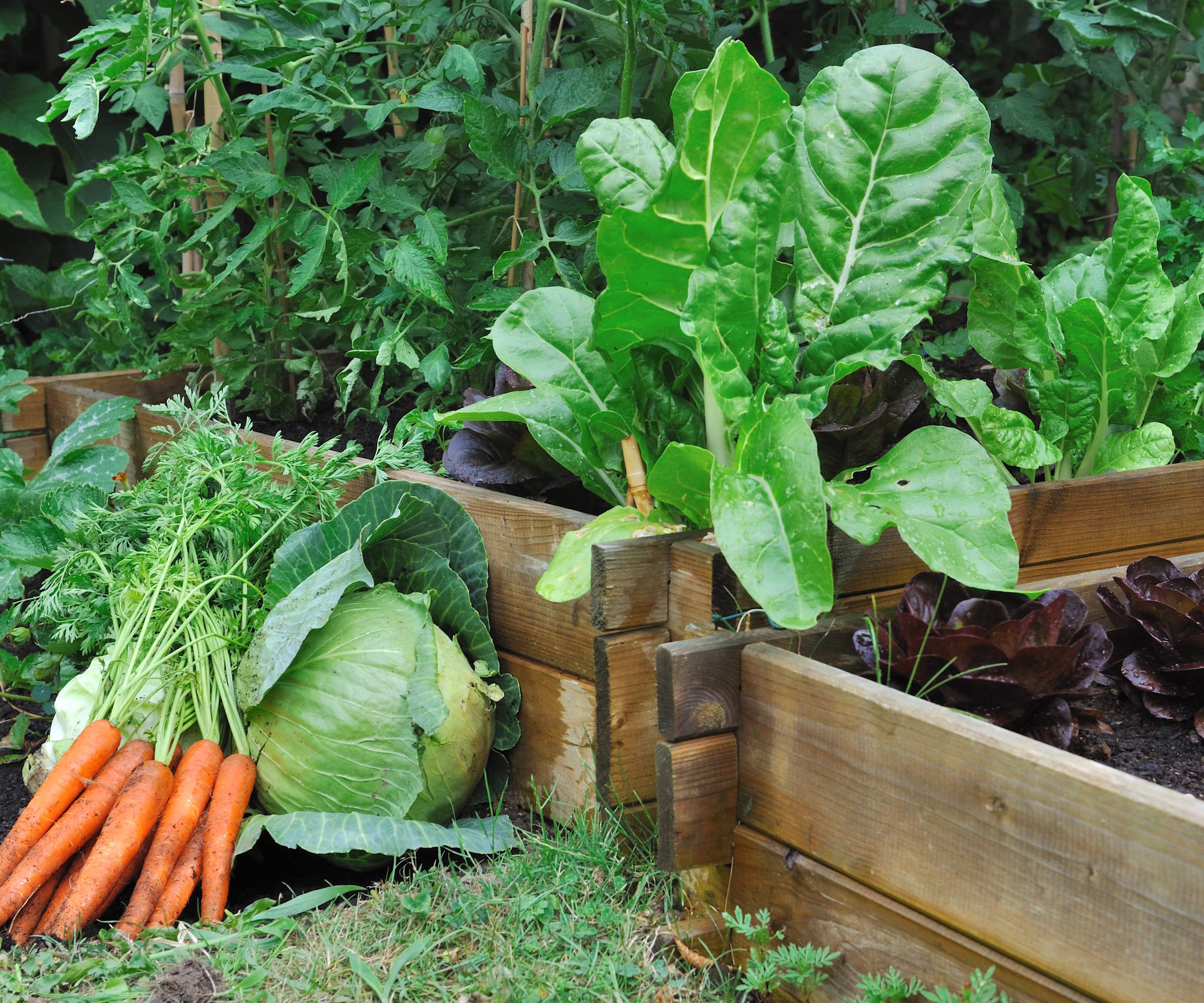
(Image credit: Getty Images/sanddebeautheil)
9 of the best vegetables to plant in February
The following crops are great vegetables to plant in February if you want a bounty of homegrown harvests come summer. Each comes with tips for when and how to plant to help you get good germination rates.
Brussels sprouts
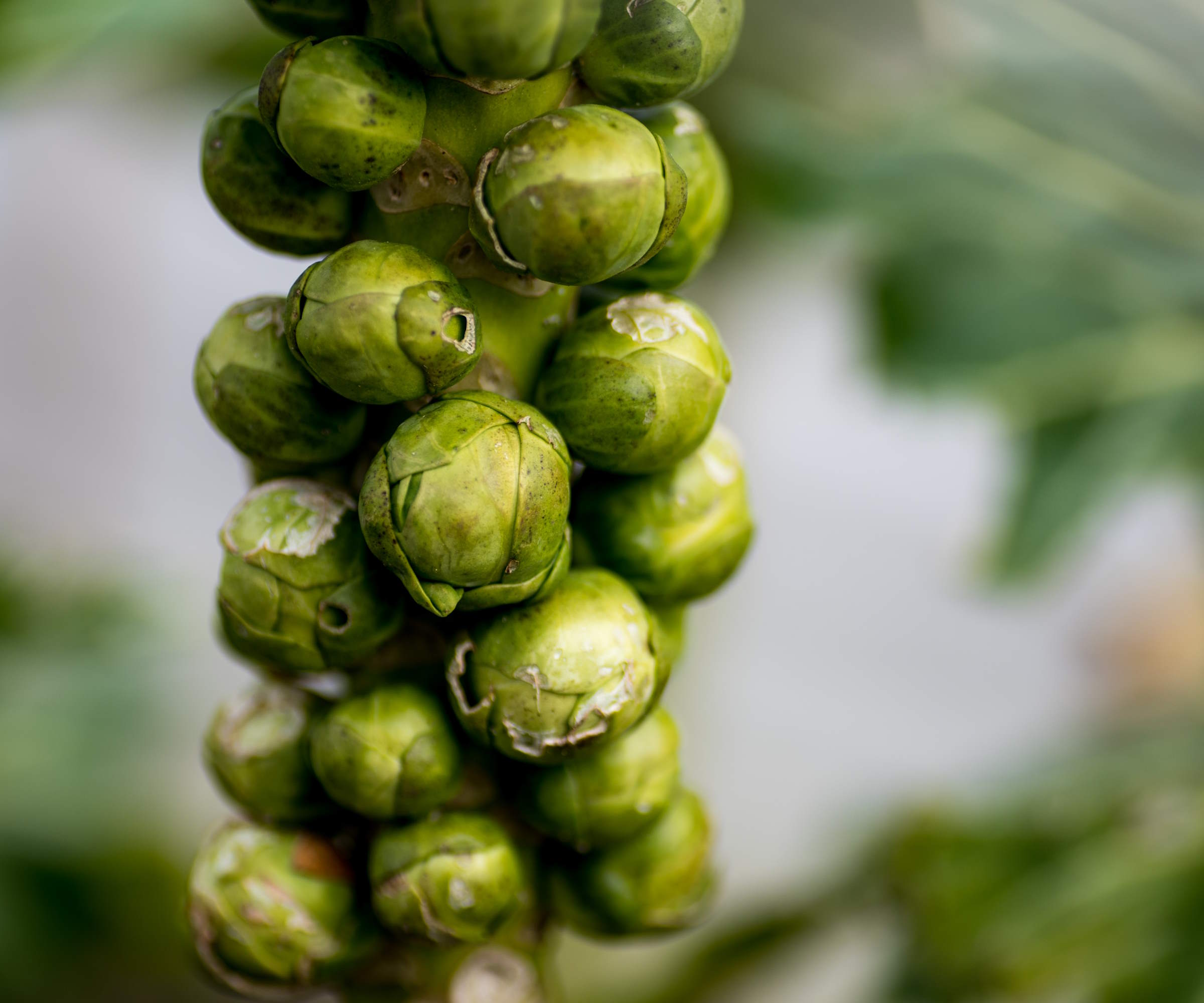
(Image credit: Getty Images/Martin Hambleton)
Whether you love or hate them, growing Brussels sprouts requires patience as they have a long growing season. If you desire a long season to harvest Brussels sprouts, the earliest sowings can be indoors in late February. Successional sowings of sprouts can also mean an extended season of pickings.
Plant Brussels sprouts seeds into large modules or small pots filled with seed compost and cover them with a thin layer of compost or vermiculite. Brassica seedlings develop roots quickly and benefit from the extra space, rather than sowing in trays.
They require a temperature of 59-64°F to germinate, and the soil wants to be kept moist, not waterlogged. Brussels sprouts seedlings want good light to avoid leggy seedlings but don’t need excessive heat or light ahead of being planted out in spring after the frosts.
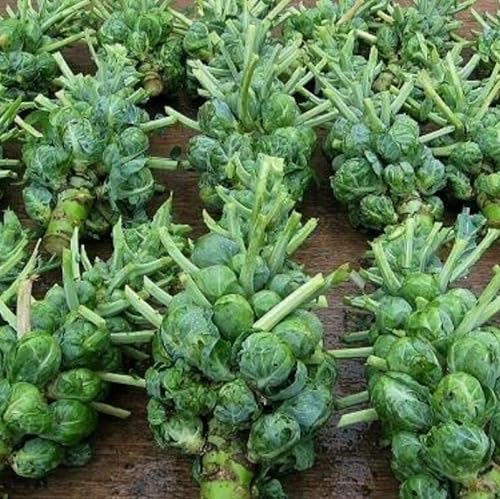
Catskill Brussel Sprout Seeds
A packet of approx 250 Catskill Brussels Sprout seeds, a non-GMO heirloom variety that produces sprouts 1½ to 2 inches in diameter
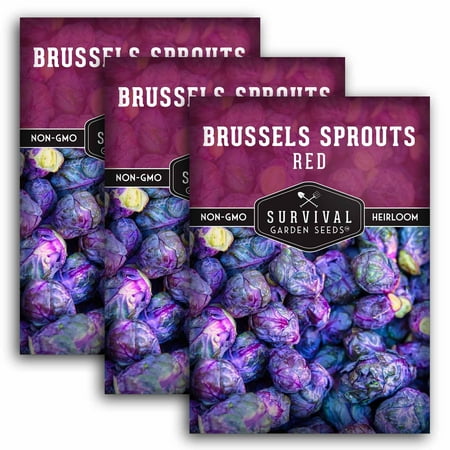
Red Brussels Sprouts Seed
A set of three seed packets to grow this exotic variety of Brussels Sprouts with a rich red color and a nutty flavor.
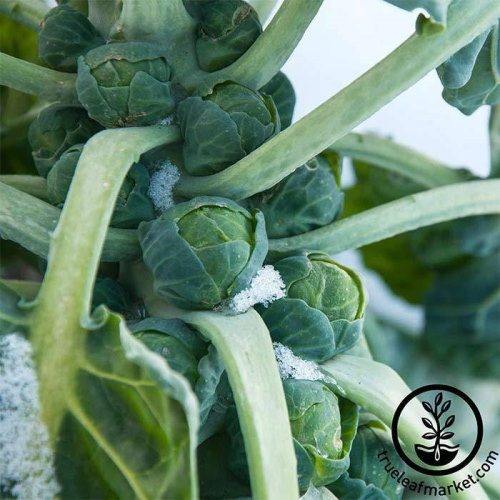
Long Island Improved Brussels Sprouts Seeds
‘Long Island Improved’ is a historic variety of Brussels sprouts, originating around the 1890s. The seeds can be sown indoors 6-8 weeks before the final spring frost.
Cucumbers
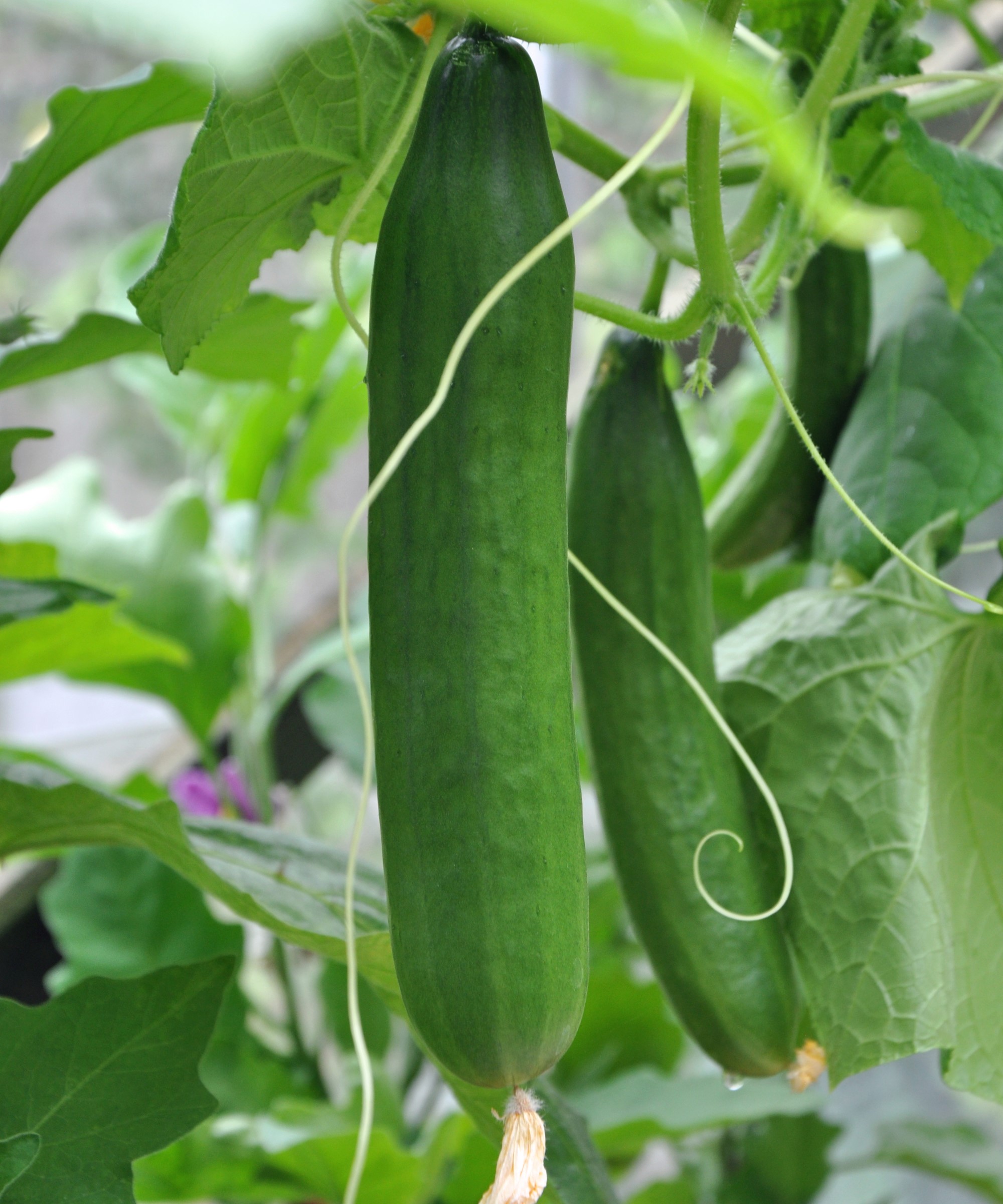
(Image credit: Getty/Laurence Berger)
Growing cucumbers means lots of homegrown picking for salads, sandwiches, or cocktails throughout summer. When you have a warm greenhouse or sunny window and intend to grow your cucumber plants indoors, you can sow seeds in February to start harvesting cucumbers earlier.
Plant cucumber seeds a half-inch deep into pots filled with quality potting soil for starting seeds, planting them on their side. The cucumber seeds want temperatures of 60-70°F and the soil to be consistently moist. The seeds may take a couple of weeks to germinate and want to be six inches tall before being planted into their final position. If you plan to grow cucumbers outdoors, delay sowing the seeds until March or April.
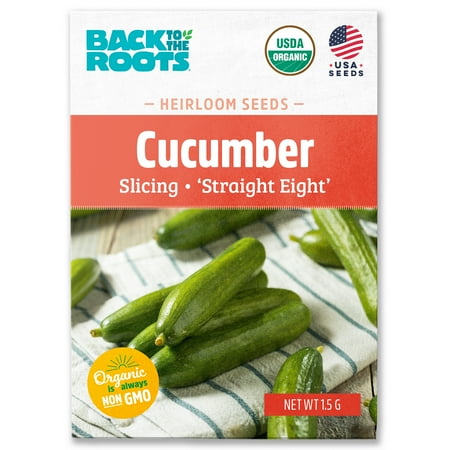
Organic Straight Eight Cucumber Seeds
Straight Eight slicing cucumber seeds grow into plants that produce juicy, sweet cucumbers that are ideal for pickling or eating fresh.
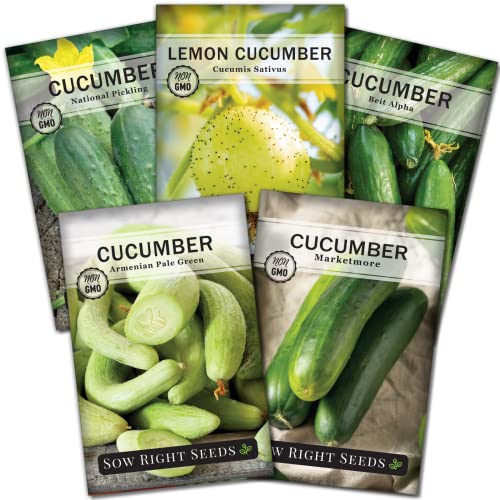
Cucumber Seed Collection for Planting
A fantastic selection to grow, this mix includes packets of Armenian Pale Green, National Pickling, Lemon, Marketmore, and Beit Alpha Cucumbers

Burpless Beauty Cucumber Seeds
A highly productive variety of cucumbers that produces long, deep green cucumbers over several months. The plants are also disease-resistant.
Eggplant
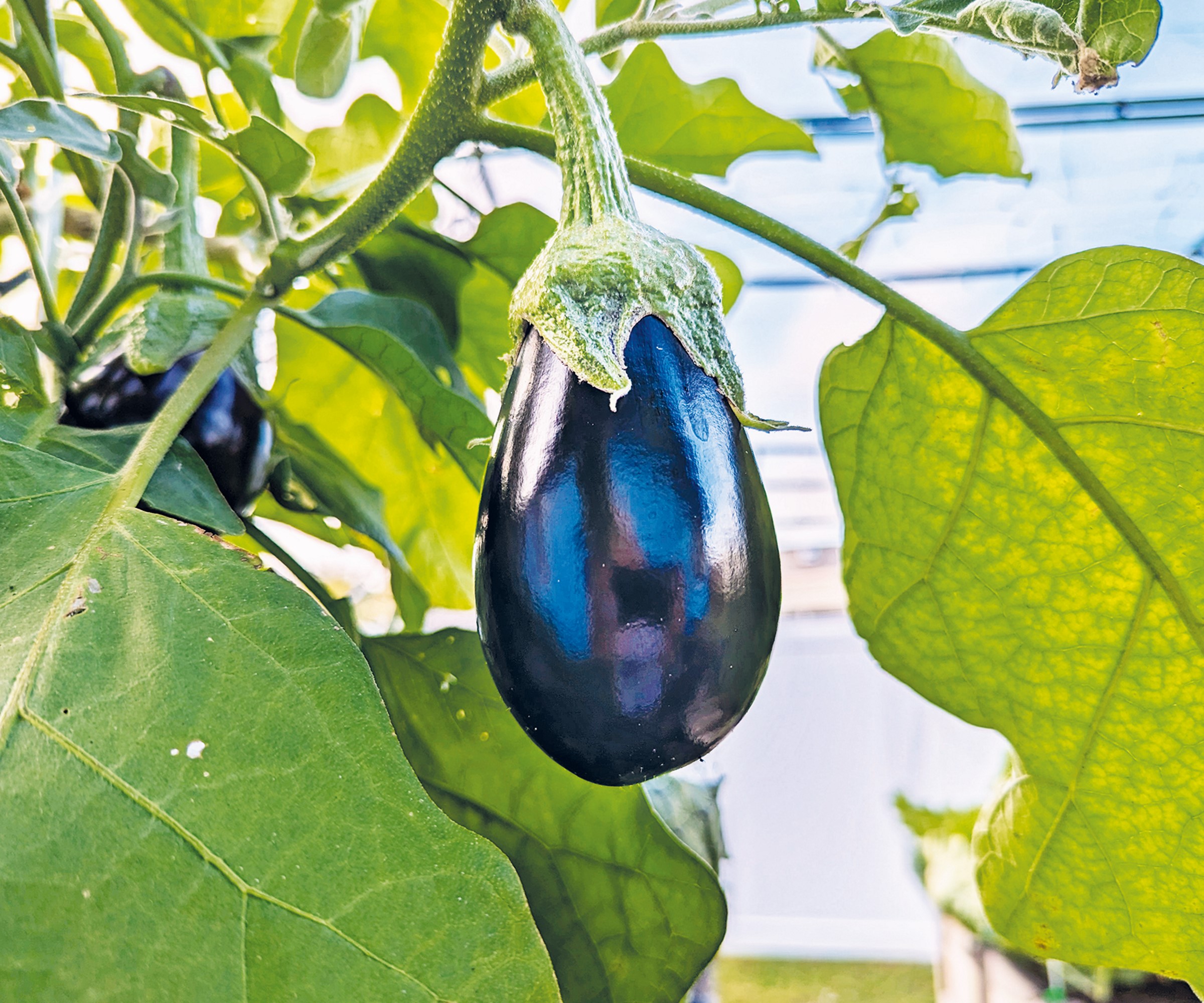
(Image credit: Future)
When you grow eggplant, it can take a long while to go from sowing to harvesting. It can take up to six months from sowing seed indoors to picking the eggplant – so sowing the crop in February is a great way to get ahead.
Plant seeds a quarter-inch deep into individual pots or large modules and place them into a heated propagator or on a heat mat. Eggplant seeds require temperatures of 60-70°F to germinate and can take 2-4 weeks to appear even in ideal conditions.

Eggplant Seed Collection for Planting
A collection of popular heirloom eggplant varieties. Seed packets to grow Black Beauty, Casper, Rosa Bianca, and Long Purple Eggplants.
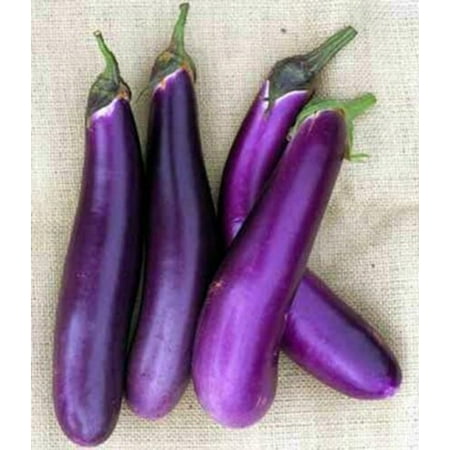
Scarborough Eggplant Seeds
A packet of around 200 heirloom seeds to grow unique ‘Long Purple’ eggplants that produce fruits up to eight to ten inches long.

Black Beauty Eggplant Heirloom Seeds
‘Black Beauty’ is a very reliable and prolific heirloom eggplant variety. The seeds grow into bushy plants that will bear six to twelve glossy purple fruits.
Kale

(Image credit: VICUSCHKA via GettyImages)
Kale is an easy-to-grow superfood in different sizes, shapes, and colors. It is also highly versatile and suitable for large kitchen gardens, raised beds and vegetable container gardens. One sowing can reward you with multiple pickings and a large harvest of kale leaves.
In February, sow kale seeds indoors a quarter-inch deep into trays, modules, or pots filled with seed compost. Place the seeds in a greenhouse or on a windowsill at 55-75°F and keep the soil moist.
Prick out or pot up the young kale as required and transplant seedlings outside after the risk of frost has passed. Kale plants are hardy and the vegetable plants may overwinter to next spring.
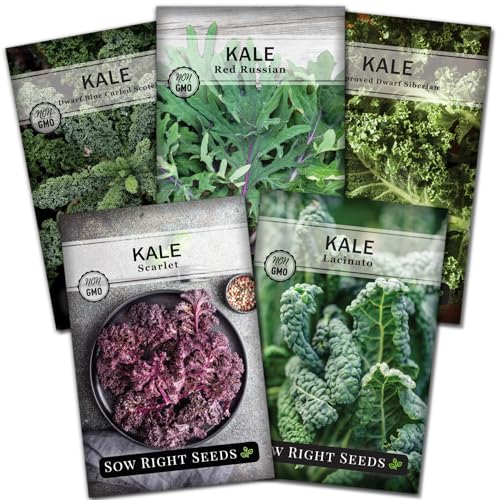
Kale Seed Collection for Planting
Get a variety of leaf types and colors with this mix of Lacinato, Improved Dwarf Siberian, Dwarf Blue Curled Scotch, Scarlet, and Red Russian Kale seed packets.

Organic Lacinato Kale Vegetable Seeds
Lacinato Kale, also known as Dinosaur Kale, is a cold hardy and heavy-cropping variety of kale that produces dark, strap-shaped highly-nutritious leaves.
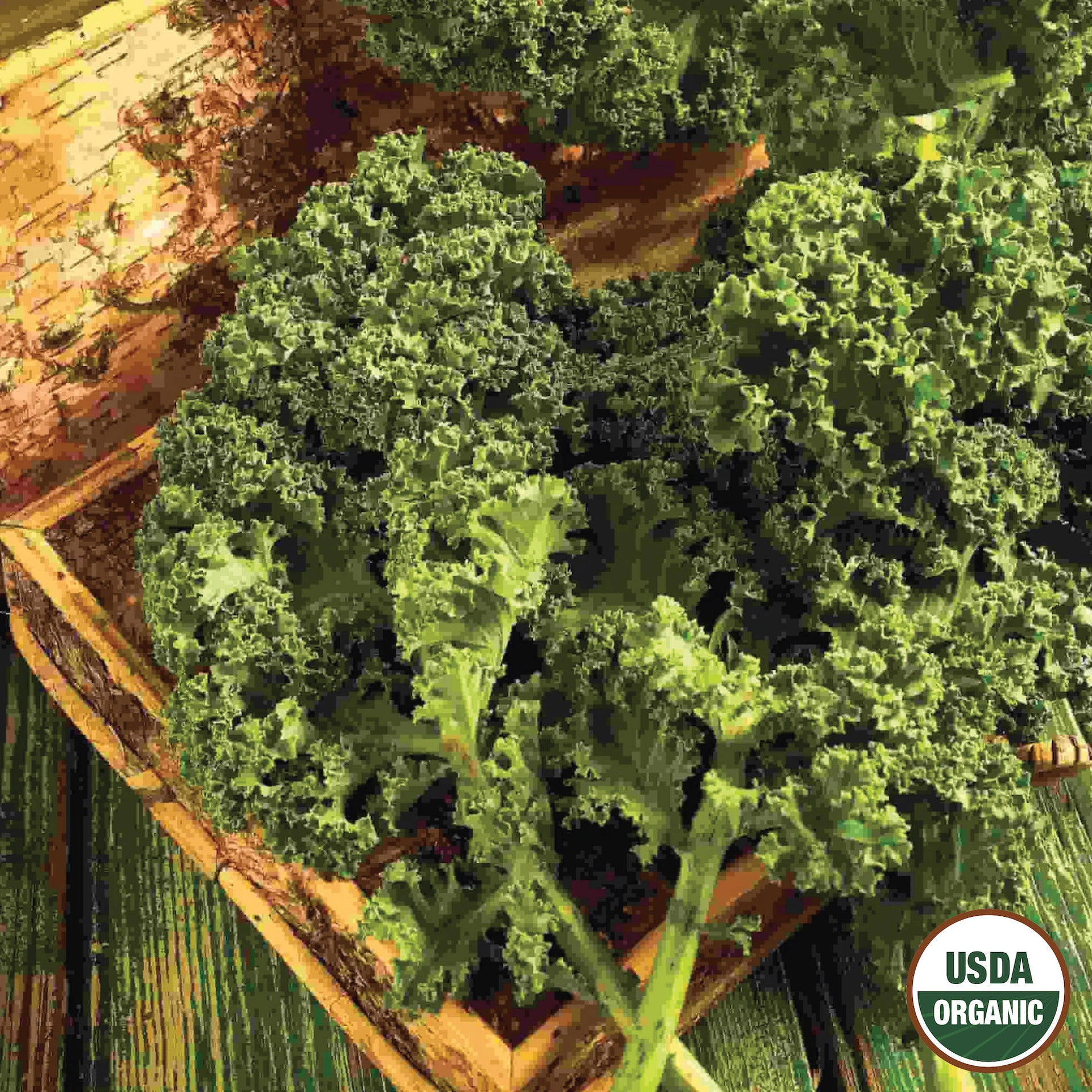
Dwarf Blue Curled Kale Seeds
A packet of Dwarf Blue Curled Kale seeds to sow indoors or outdoors for long harvests of nutritious, flavorful leaves.
Leeks
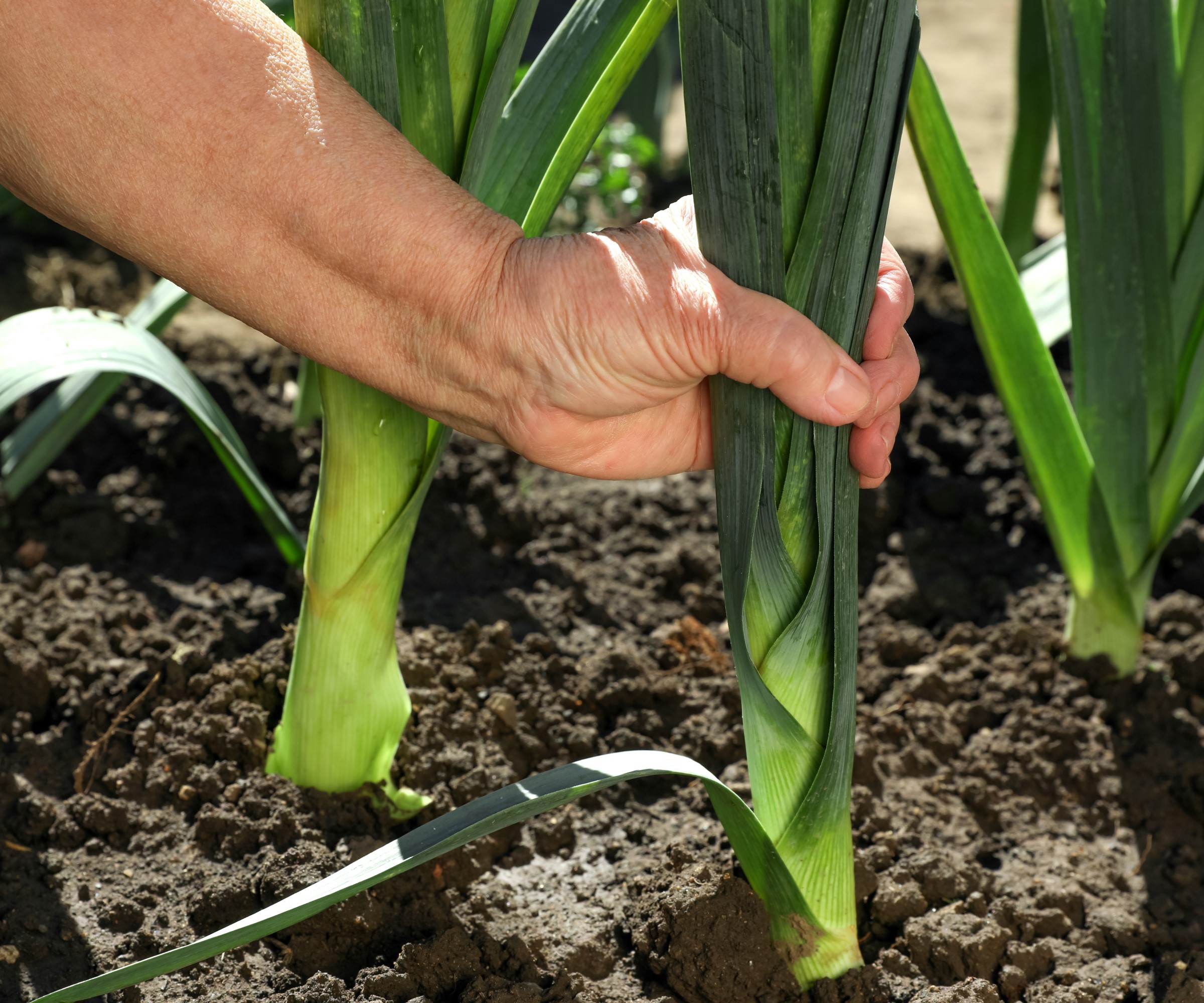
(Image credit: Getty Images/Liudmila Chernetska)
Leeks are great crops for succession planting and sowing them at intervals between February and summer can give you leeks to harvest from midsummer to next spring.
To start growing leeks this month, sow seeds into pots filled with seed compost and cover them with a thin layer of more compost or vermiculite. Sowing leeks thinly into pots is beneficial as the plants quickly develop roots and seed trays can restrict their development.
If you give the seeds temperatures of 60°F to 70°F and keep the soil moist, they should germinate within a few weeks. When the seedlings have developed, thin them to an inch apart and transplant the leeks outdoors after the frosts and when they are the thickness of a pencil.
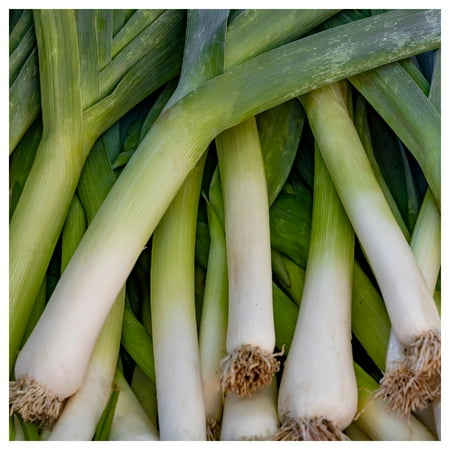
Giant Musselburg Leek Seeds
A pack of open-pollinated, heirloom leek seeds to grow the ever-popular Giant Musselburg variety with enormous stalks that grow up to 16″ long.

A packet of seeds to grow ‘American Flag’ leeks that are one of the sweetest varieties to grow. It can take 90-140 days from sowing to harvesting.
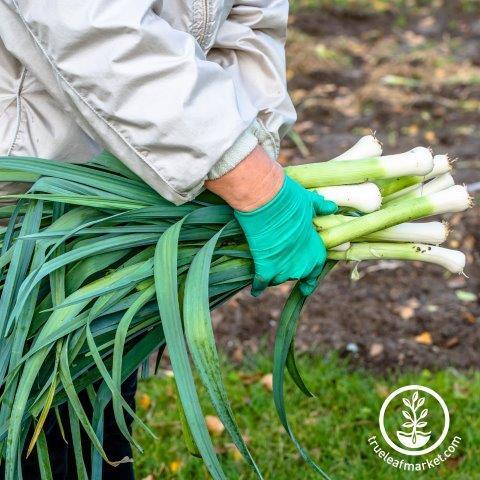
‘Carentan’ is an old leek variety that came to the United States in the 1800s. It grows stems that are 8.5 inches long and 2 inches wide with medium-dark green leaves.
Peas

(Image credit: Alamy/ John Richmond)
Early peas can be sown indoors in February, allowing you to get a head start while the ground is too cold and wet to sow seeds outdoors. It avoids the risk of pea seeds rotting in the ground or being eaten by mice.
Peas do not like root disturbance, so plant them in deep pots, root trainers, or even toilet roll tubes. You can get biodegradable pots to sow into where you ultimately plant the pot, such as these biodegradable seedling pots at Amazon, which avoids disturbing the plant’s roots. Another popular way to grow peas is to sow them into a length of guttering and then slide the soil and seedlings into a pre-dug trench outside.
To start seeds in pots, plant them two inches deep in seed compost and keep them moist. Peas germinate at temperatures above 55°F and can be started in an unheated greenhouse, cold frame, or a windowsill.
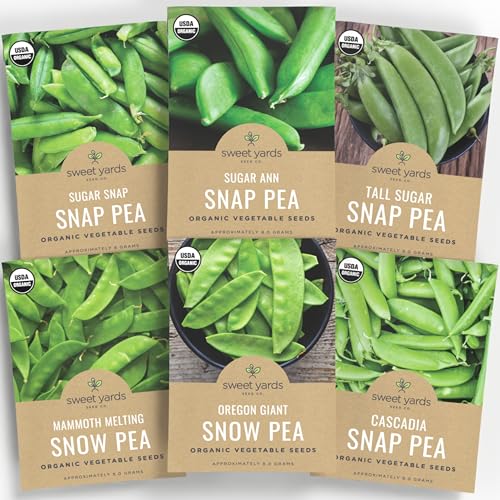
Pea Lover Seeds Variety Pack
A collection of six seeds packets to grow different types of peas at home, featuring a mix of snow peas and snap peas.
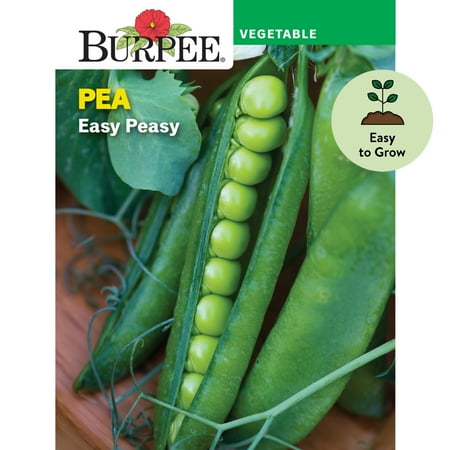
‘Easy Peasy’ is a popular pea variety with blue-green foliage and delicious pods that have 10-11 peas per pod.
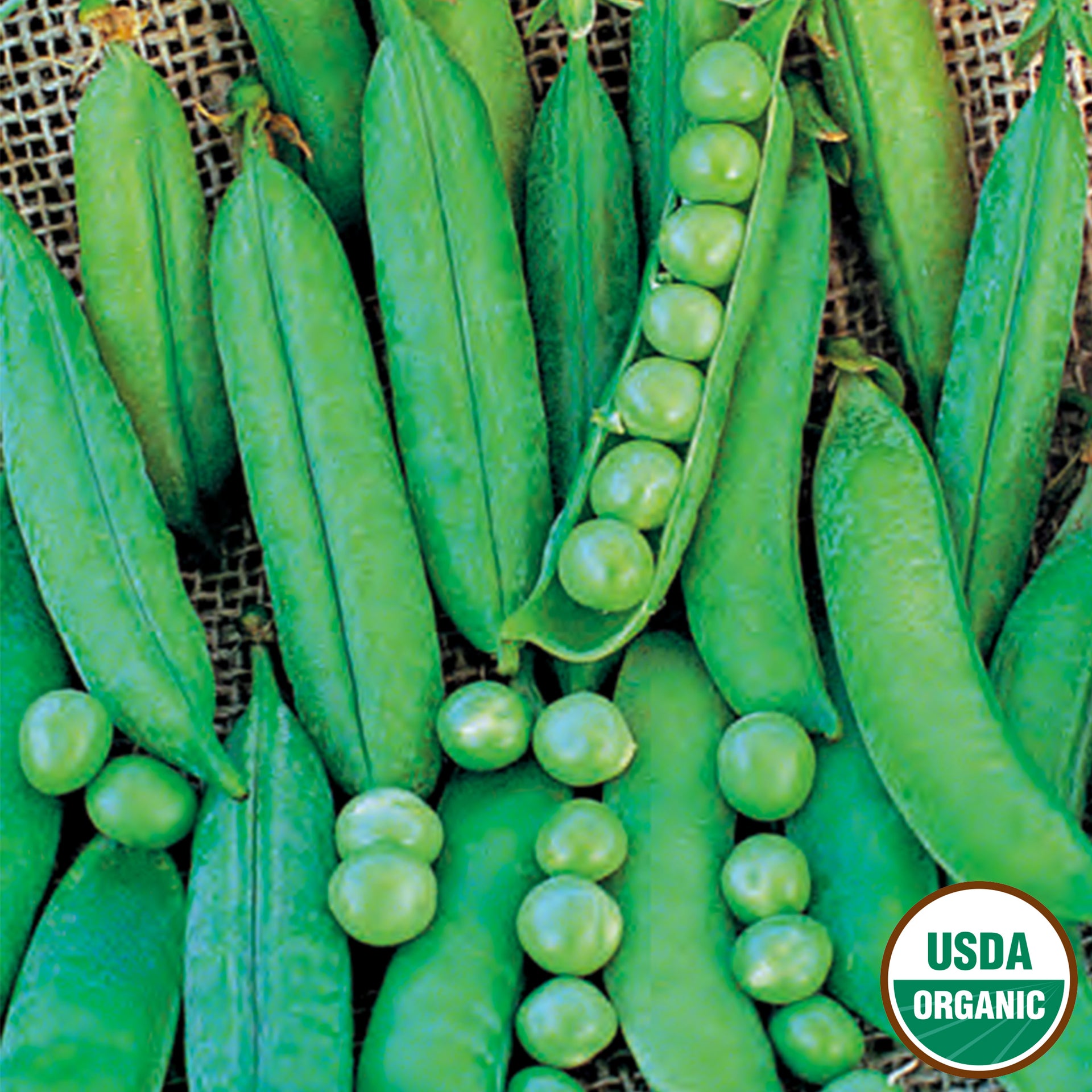
Green Arrow Pea Organic Seeds
Green Arrow pea seeds grow into bushy plants that produce 4″-4.5″ pods containing 9-11 sweet and tender peas.
Shallots

(Image credit: Alamy/Clare Gainey)
Shallots can be grown from sets or seeds, similar to growing onions. While growing shallots from seed requires more time and effort, it is a very budget-friendly way to cultivate many shallots, as one packet can last several years.
Start shallot seeds indoors in late winter. Sow the seeds in trays or modules and germinate at temperatures of 50–60°F in a greenhouse or on a windowsill. Plant the young shallot seedlings into the vegetable garden after the frosts, after a period of hardening off, spaced at least six inches apart in rows 12 inches apart.
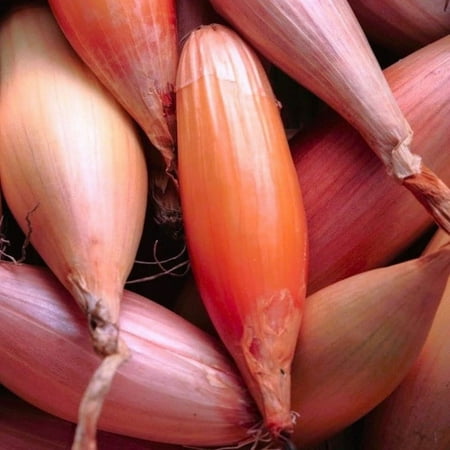
‘Zebrune’ is a banana-type shallot from France that was popular with chefs that I grew vegetables for. The shallots have light pink flesh and a sweet and mild flavor.
Sweet peppers
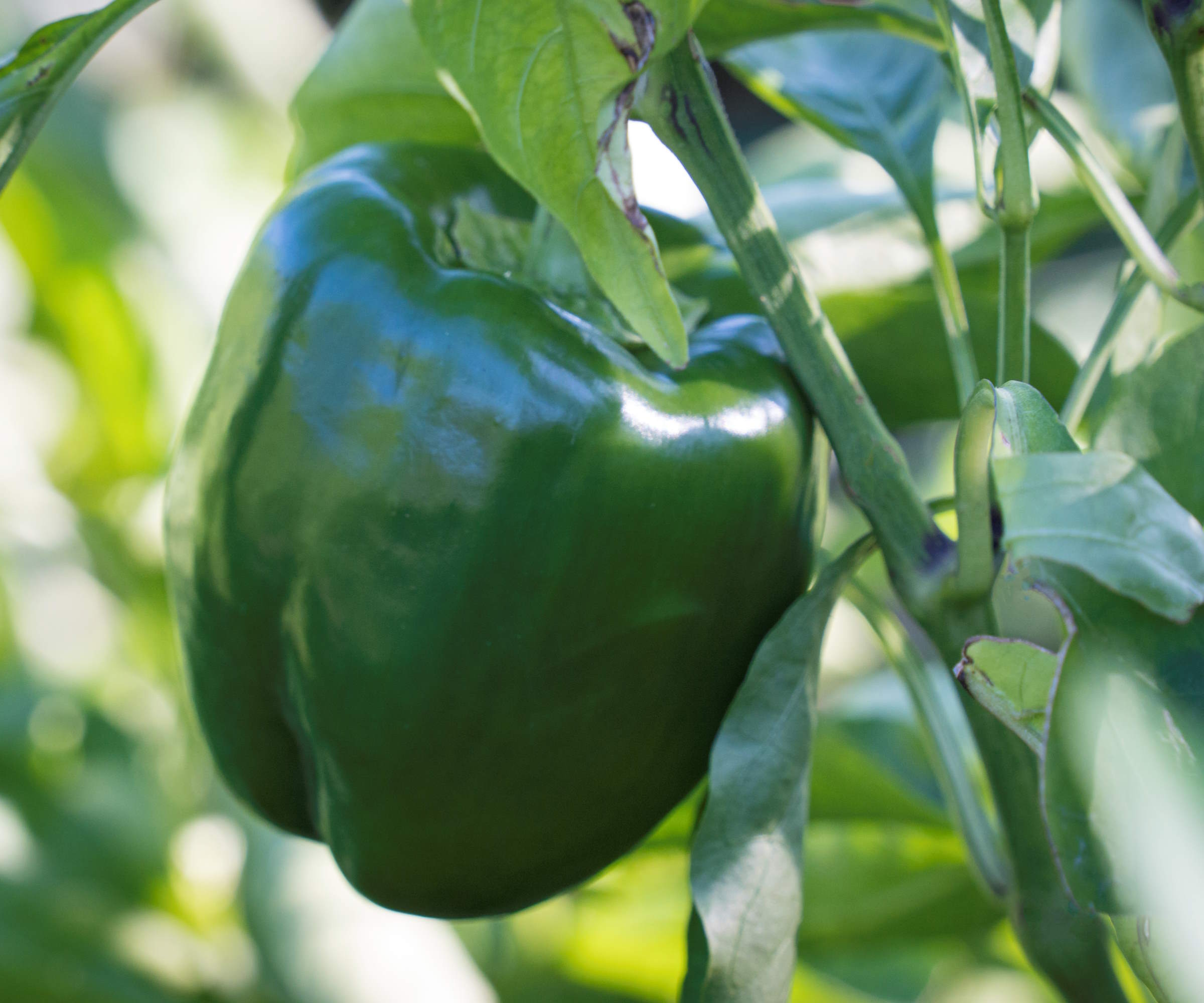
(Image credit: Getty Images/Marcia Straub)
Peppers are another crop that takes a while to get going. It can take up to three weeks for the seeds to germinate and 70-80 days to start flowering once the seed germinates. In cooler climates with shorter growing seasons, getting ahead with earlier sowings helps ensure there is time to get a good harvest of bell peppers to pick.
To grow bell peppers, sow seeds indoors from mid-February in a heated greenhouse or with a heated propagator. Sow seeds into three-inch pots around a half-inch deep and give them temperatures of 65-70ºF to aid germination. Keep the soil moist, and once the seedlings appear, grow them in a bright, sunny spot at slightly cooler temperatures of 60-64ºF.
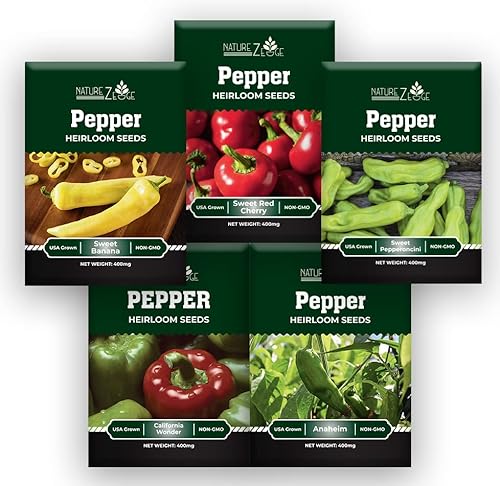
Sweet Pepper Seeds for Planting
A collection of sweet pepper seed packets, including five varieties – Sweet Banana, Pepperoncini, Sweet Cherry, California Wonder Bell, and Anaheim.
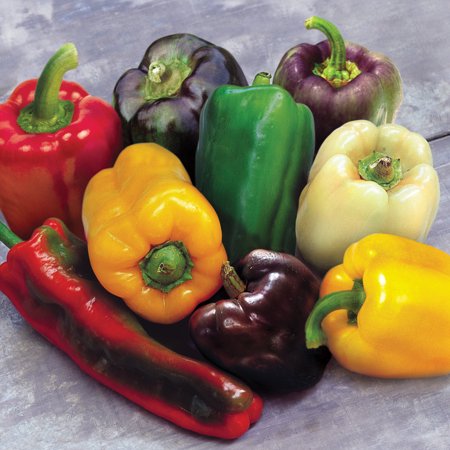
Kaleidoscope Blend Sweet Pepper Seeds
A colorful seed mix of nine different sweet pepper varieties to produce fruits in shades from red and yellow to purple and cream.
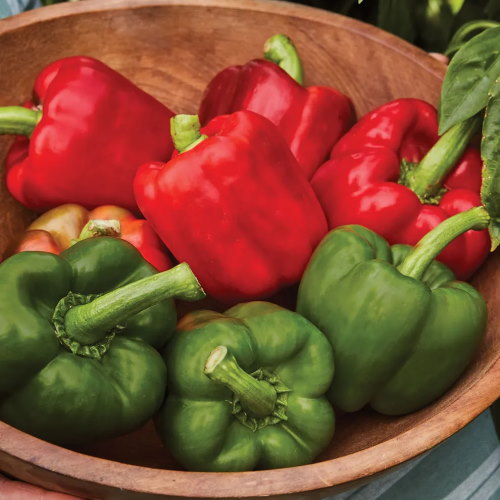
California Wonder Sweet Pepper Seeds
‘California Wonder’ is a universally popular variety that has been grown since the 1920s. Plants can be started in February to grow tender and flavorful sweet peppers.
Tomatoes
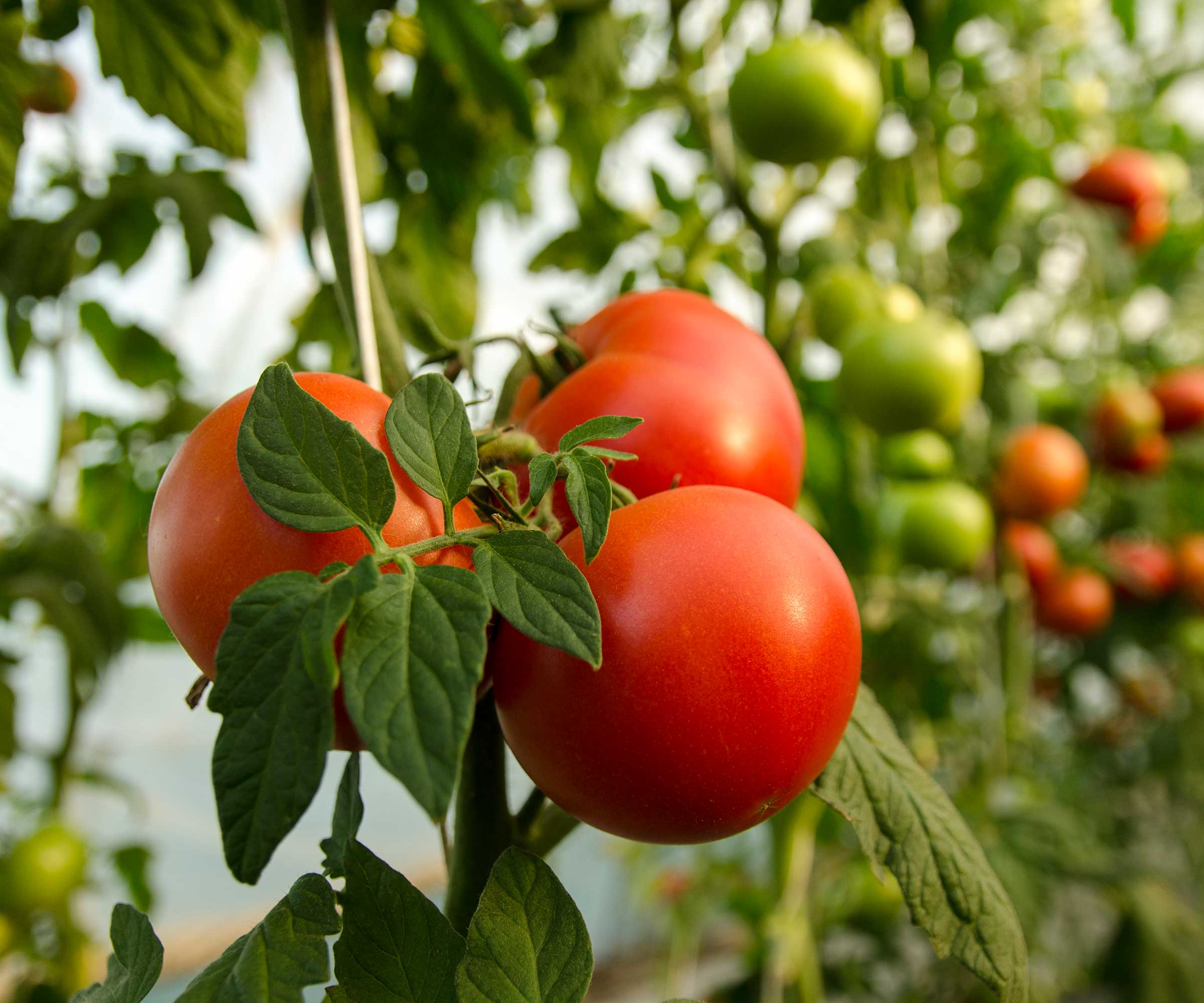
(Image credit: Phoenixns / iStock / Getty Images Plus / Getty Images)
Growing tomatoes from seed requires temperatures of 70-80°F to ensure strong germination, which can be achieved by starting them off in a propagator or on a sunny windowsill. There are thousands of different tomato varieties to grow, in terms of size, color, shape, and flavor, and February can be an ideal time to sow any type – especially if you will be growing your tomato plants indoors for the season.
When planting tomatoes, sow seeds into large modules or individual pots and cover them with around a quarter-inch of compost. Keep the soil moist, but not too soggy, and the first seedlings should start to appear within two weeks. When the seedlings have their first set of true leaves, pot up the seedlings into individual containers or larger pots.
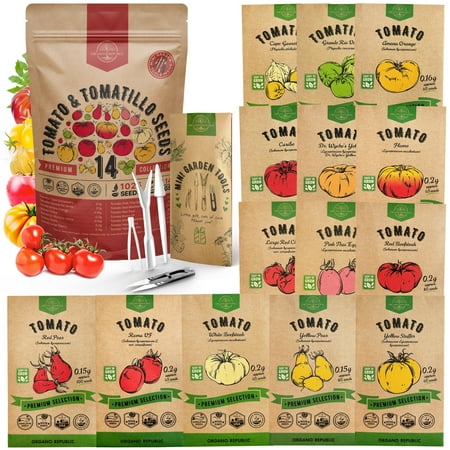
Tomato & Tomatillo Garden Seeds Variety Pack
A pack that includes seeds for 14 rare tomato and tomatillo varieties. Over 800 seeds in total, featuring varieties such as Amana Orange, Beefsteak, and Tomatillo – Grande Rio Verde
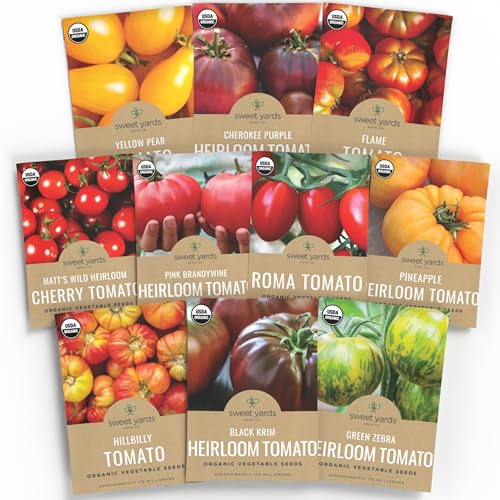
Organic Tomato Seeds Variety Pack
A collection of seeds for 10 heirloom varieties. Includes Hillbilly, Black Krim, Green Zebra, Matt’s Wild Cherry, Pink Brandywine, Roma, Pineapple, Yellow Pear, Cherokee Purple, and Flame Tomato.

A heirloom tomato variety that produces masses of long, blocky fruits with a small seed cavity, making them great for slicing, canning, and drying
If you have not yet got around to doing it, you can still plant fava beans to get a good crop come early summer. Growing fava beans is simple and the crop can be planted indoors or outdoors in February. Providing the ground isn’t frozen or waterlogged, fava beans can be planted directly in their growing spot. However, if your ground isn’t workable or there is a risk of mice eating the beans, sowing them in pots indoors is a reliable propagation method. The seeds can germinate in a cold greenhouse or cold frame for plants to transplant outside in early spring.

